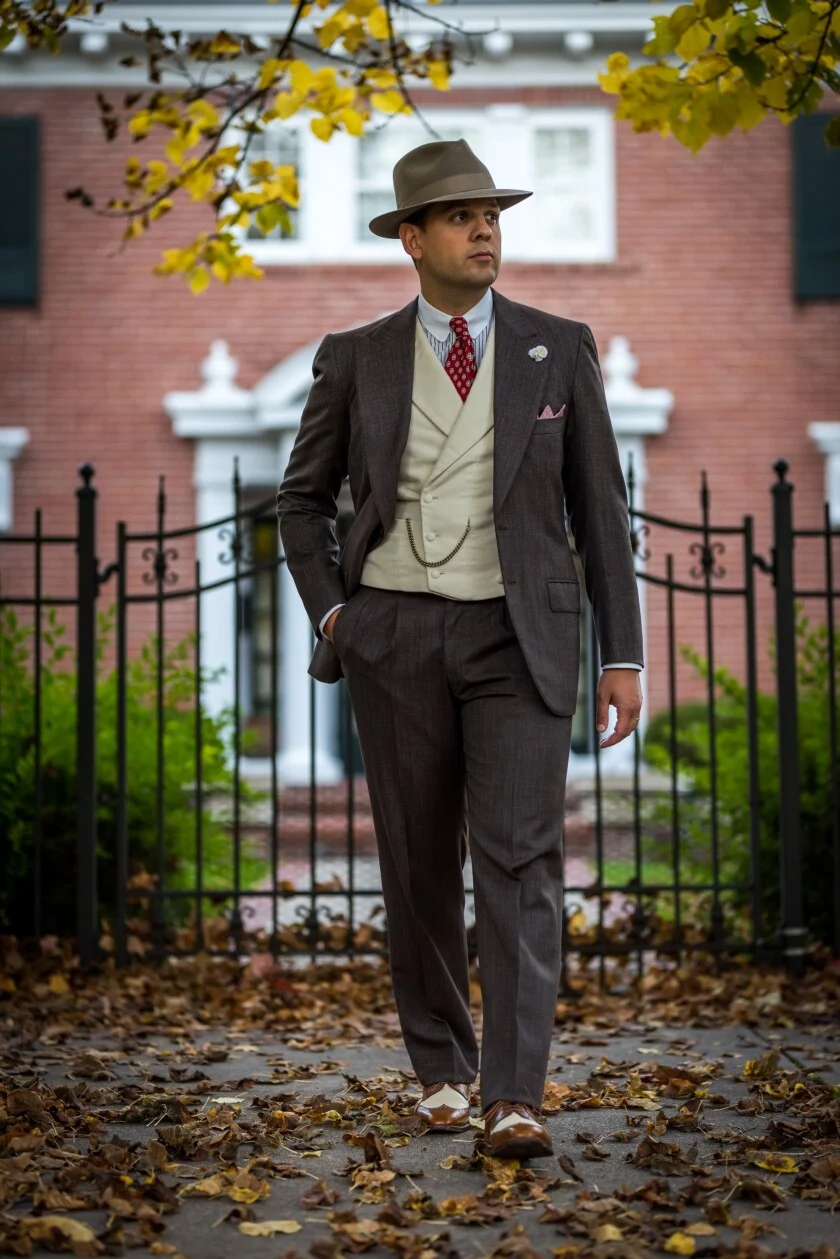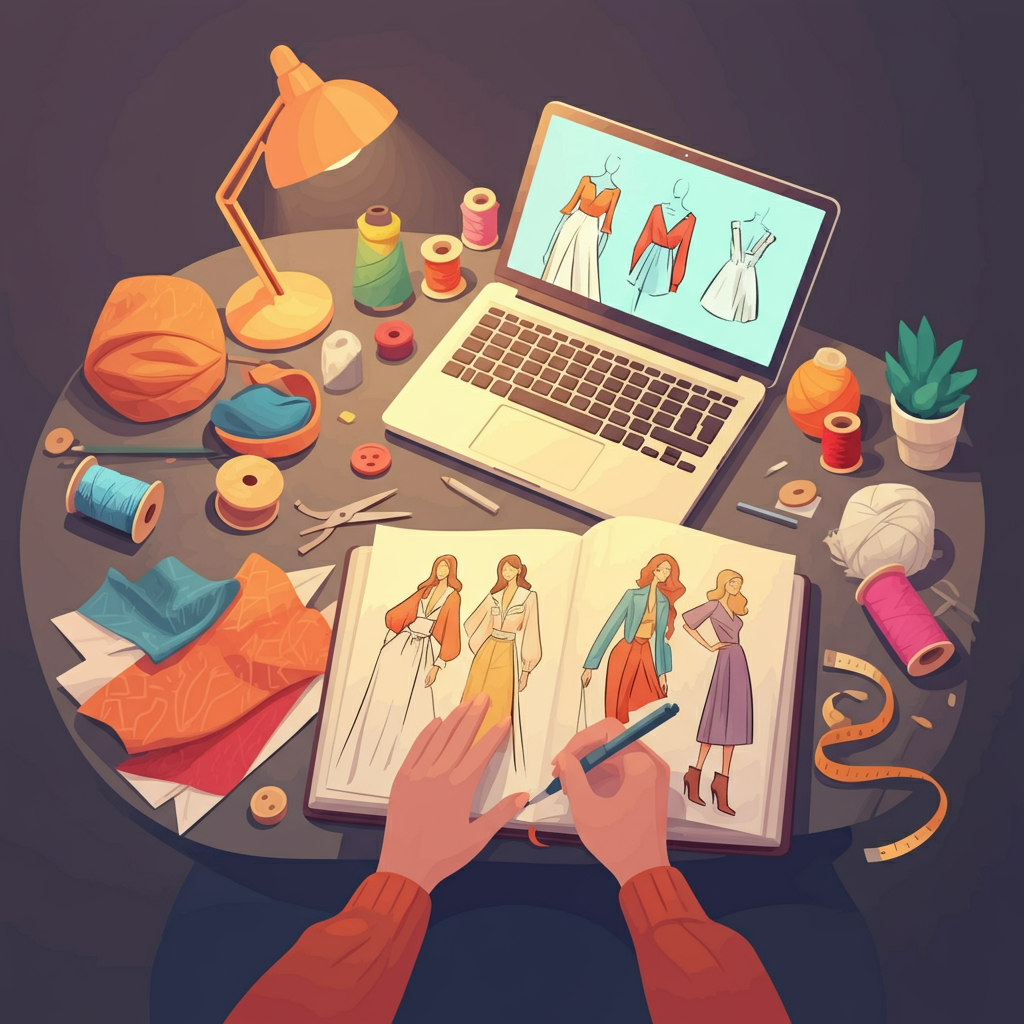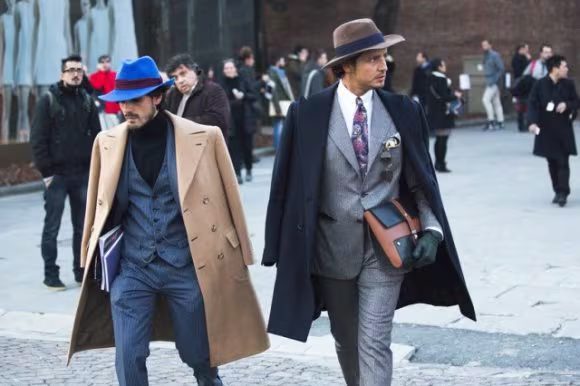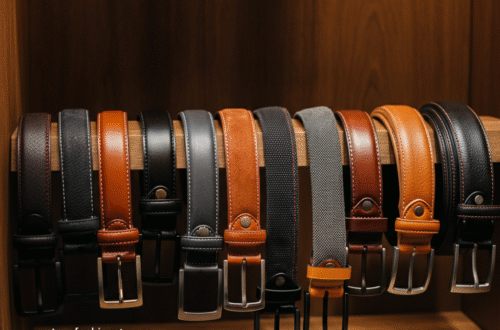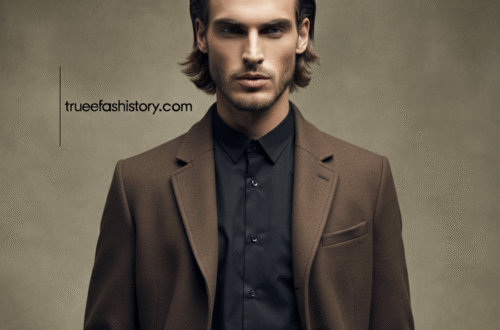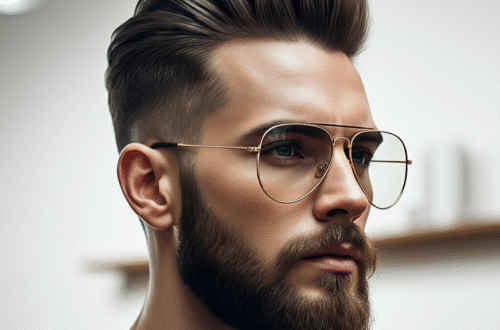The Complete Guide to 20s Style Men’s Fashion: Dapper Looks That Never Go Out of Style
The roaring twenties brought us jazz, prohibition cocktails, and some of the most iconic men’s fashion ever created. 20s style men’s fashion represents the perfect blend of sophistication, rebellion, and timeless elegance that continues to inspire modern menswear today. Whether you’re attending a themed party or simply want to add some vintage flair to your wardrobe, understanding 1920s men’s fashion is your ticket to looking effortlessly dapper.
In this comprehensive guide, we’ll explore everything from the essential pieces that defined the era to how you can incorporate these classic styles into your modern wardrobe. Get ready to discover why 20s style men’s fashion remains one of the most influential periods in clothing history.
The Historical Context Behind 20s Men’s Fashion
Post-War Liberation and Style Revolution
The 1920s marked a dramatic shift in men’s fashion following World War I. Men returning from the war wanted to express their newfound freedom through more relaxed, yet still elegant clothing choices. This period saw the birth of what we now consider classic 20s style men’s fashion.
The economic prosperity of the era allowed men to experiment with their wardrobes like never before. Fashion became more accessible to the middle class, and ready-to-wear clothing gained popularity. Men began to view their appearance as a form of self-expression rather than just practical necessity.
This decade introduced several key changes: suits became less structured, colors became more varied, and accessories gained importance. The influence of Hollywood stars and jazz musicians helped popularize these new styles across America and beyond.
Cultural Influences on 1920s Menswear
Jazz culture played a massive role in shaping 20s style men’s fashion. Musicians and performers became style icons, influencing everything from suit cuts to shoe choices. The speakeasy culture also contributed to the era’s fashion, as men needed to look sharp while navigating the underground social scene.
The rise of sports culture during this time also impacted men’s fashion. Golf, tennis, and other recreational activities required more casual clothing options, leading to the development of sportswear that would influence everyday fashion choices.
Essential Elements of 20s Style Men’s Fashion
The Three-Piece Suit: Foundation of 1920s Style
The three-piece suit was the cornerstone of 20s style men’s fashion. These suits featured several distinctive characteristics that set them apart from previous decades. The jackets were typically single-breasted with notched lapels, though double-breasted styles were also popular for more formal occasions.
Key features of 1920s suits included:
- High-waisted trousers with suspenders
- Jackets with a more relaxed fit through the chest
- Waistcoats (vests) as standard components
- Cuffed trousers that were wider than Victorian styles
- Natural shoulder lines without excessive padding
The fabric choices were diverse, ranging from wool tweeds for daywear to fine wools and silks for evening occasions. Pinstripes, checks, and solid colors were all popular choices, with men often owning multiple suits for different occasions and seasons.
The Art of Layering in 1920s Menswear
Layering was crucial to achieving authentic 20s style men’s fashion. Men would typically wear an undershirt, dress shirt, waistcoat, and jacket as standard layers. This layering system allowed for versatility throughout the day and different social situations.
The waistcoat, or vest, was particularly important during this era. It was rarely omitted from a gentleman’s outfit and often featured contrasting colors or patterns that complemented the suit. The waistcoat also served a practical purpose, providing an elegant way to carry a pocket watch, which was still the preferred timepiece of the era.
Iconic 20s Accessories That Defined the Look
Hats: The Crown of 1920s Style
No discussion of 20s style men’s fashion would be complete without mentioning hats. The fedora, homburg, and boater hat were essential accessories that no well-dressed man would leave home without. Each hat style served different purposes and occasions.
Popular 1920s hat styles:
- Fedora: Versatile and stylish for everyday wear
- Homburg: More formal option for business and evening events
- Boater: Perfect for summer and casual occasions
- Newsboy cap: Casual alternative for younger men
- Top hat: Reserved for the most formal events
The quality of a man’s hat often indicated his social status and attention to detail. Hat etiquette was also important, with specific rules about when to tip, remove, or keep your hat on in different social situations.
Footwear: Stepping in Style
Shoes in the 1920s were as important as any other element of 20s style men’s fashion. The decade saw the rise of several iconic shoe styles that remain popular today. Oxford shoes were the standard for formal wear, while brogues added a touch of personality with their decorative perforations.
Two-tone shoes, particularly the black and white spectator shoe, became symbols of the jazz age. These shoes were perfect for dancing and showed a man’s fashion-forward thinking. For more casual occasions, canvas shoes and early sneaker styles began to emerge, reflecting the decade’s growing interest in sports and leisure activities.
The care and maintenance of shoes was taken very seriously. Men would often own shoe trees, multiple pairs of shoes for rotation, and would visit the cobbler regularly to keep their footwear in pristine condition.
Shirts and Neckwear of the Jazz Age
Dress Shirts: The Foundation Layer
The dress shirts of the 1920s were markedly different from modern styles. They featured higher, stiffer collars that required collar stays or were detachable entirely. The 20s style men’s fashion emphasized crisp, clean lines, and the shirt played a crucial role in achieving this look.
Characteristics of 1920s dress shirts:
- Detachable or very high attached collars
- French cuffs requiring cufflinks
- Pleated fronts for formal occasions
- Cotton or linen fabrics
- White or light colored for most occasions
The collar styles varied significantly, from the popular spread collar to the more formal wing collar for evening wear. Men often owned multiple collar styles and would change them based on the occasion and their personal preference for the day.
Neckties and Bow Ties: Adding Personality
Neckties in the 1920s were narrower than modern ties but wider than the very thin ties of later decades. They featured bold patterns, stripes, and geometric designs that reflected the Art Deco movement’s influence on all aspects of design, including 20s style men’s fashion.
Bow ties were equally popular and were considered more formal than neckties for evening occasions. The ability to tie a perfect bow tie was seen as a mark of a well-bred gentleman. Patterns ranged from conservative solids to bold polka dots and paisley designs.
Casual and Sportswear in the 1920s
The Rise of Leisure Clothing
While formal wear dominated most of 20s style men’s fashion, the decade also saw the emergence of more casual clothing options. The growing popularity of sports like golf and tennis created demand for appropriate athletic wear that was both functional and stylish.
Popular casual 1920s pieces included:
- Knickers (knee-length trousers) for golf
- Sleeveless sweater vests
- Cardigan sweaters
- Plus fours (loose knickers extending below the knee)
- Linen trousers for summer
These casual pieces allowed men to maintain their fashion sense while participating in recreational activities. The influence of these sportswear pieces eventually made their way into everyday casual wear, representing a significant shift in men’s fashion attitudes.
Summer and Vacation Wear
Summer fashion in the 1920s embraced lighter fabrics and colors. Linen suits became popular for hot weather, and men weren’t afraid to experiment with lighter colors like cream, tan, and even white. The 20s style men’s fashion summer wardrobe often included lightweight wool suits, linen trousers, and cotton shirts.
Vacation wear introduced even more casual elements. Beach pajamas (loose-fitting trouser and top combinations) became popular for resort wear, and swimming costumes evolved to be more form-fitting and practical for actual swimming rather than just beach lounging.
Color Palettes and Patterns of the Era
The 1920s Color Revolution
The color palette of 20s style men’s fashion was significantly broader than previous decades. While navy, gray, and black remained staples, men began incorporating browns, tans, and even brighter colors into their wardrobes. This shift reflected the optimistic, prosperous mood of the decade.
Popular 1920s color combinations:
- Navy and cream
- Gray and burgundy
- Brown and tan
- Black and white (especially in accessories)
- Green and gold accents
The use of color wasn’t random but followed specific style rules. Lighter colors were appropriate for daytime and informal occasions, while darker colors remained the standard for evening and formal events.
Patterns That Defined the Decade
Patterns played a crucial role in 20s style men’s fashion. Pinstripes were incredibly popular for business suits, while checks and plaids were favored for more casual wear. The influence of Art Deco design brought geometric patterns into clothing, especially in accessories like ties and pocket squares.
Argyle patterns, particularly in socks and sweater vests, became synonymous with the era’s preppy casual style. These patterns weren’t just decorative but served as a way for men to show their fashion awareness and attention to detail.
Hair and Grooming Standards
The Perfect 1920s Hairstyle
Men’s grooming was an essential aspect of 20s style men’s fashion. Hair was typically worn short and slicked back with pomade or hair oil. The side part was the most common styling choice, with hair combed neatly to one side and held in place with styling products.
Popular 1920s men’s hairstyles:
- Slicked-back with side part
- Pompadour (for younger men)
- Military-inspired short cuts
- Brilliantine-styled looks
Regular visits to the barber were standard, and men took great pride in their groomed appearance. The use of hair products was not only accepted but expected for any well-dressed gentleman.
Facial Hair and Grooming Practices
Unlike previous decades that favored full beards and mustaches, the 1920s generally preferred clean-shaven faces. This shift was partly influenced by the practicalities of gas masks during the war and partly by changing aesthetic preferences. When facial hair was worn, it was typically a small, neat mustache.
Daily grooming routines were elaborate and taken seriously. Men used various pomades, colognes, and grooming tools to maintain their appearance. The concept of the “well-groomed gentleman” was central to 20s style men’s fashion.
Modern Adaptations of 20s Style
Incorporating 1920s Elements Today
Modern men can successfully incorporate elements of 20s style men’s fashion into their contemporary wardrobes without looking like they’re wearing a costume. The key is selecting specific pieces and styling them with modern sensibilities.
Modern ways to embrace 1920s style:
- Three-piece suits for special occasions
- Suspenders instead of belts
- Pocket watches as accessories
- Fedoras for casual wear
- Two-tone shoes for statement pieces
- High-quality grooming products
The trick is to choose one or two elements rather than trying to recreate the entire look. A well-fitted three-piece suit with modern proportions can capture the essence of 1920s style while remaining contemporary.
Contemporary Brands Embracing 1920s Aesthetics
Several modern menswear brands draw inspiration from 20s style men’s fashion. These brands understand how to translate vintage aesthetics into contemporary fits and fabrics that work for today’s lifestyle. As fashion experts at truefashionstory.comBlog often note, the key is finding pieces that honor the vintage inspiration while meeting modern quality and fit standards.
Brands focusing on heritage menswear often offer pieces that capture the essence of 1920s style while incorporating modern manufacturing techniques and materials. This approach allows modern men to enjoy the sophistication of the era without sacrificing comfort or practicality.
Shopping Guide: Building Your 20s-Inspired Wardrobe
Essential Pieces for the Modern Gentleman
Building a wardrobe inspired by 20s style men’s fashion doesn’t require a complete overhaul of your existing clothes. Start with key pieces that can integrate well with your current wardrobe while adding that distinctive 1920s flair.
Must-have pieces for a 20s-inspired wardrobe:
- Well-fitted three-piece suit in navy or charcoal
- Quality dress shirts with higher collars
- Suspenders in leather or classic colors
- Fedora or trilby hat
- Oxford or brogue dress shoes
- Pocket watch or vintage-inspired timepiece
- Quality silk ties with period-appropriate patterns
Focus on investing in quality pieces rather than quantity. The 1920s emphasized craftsmanship and durability, values that remain important today.
Budget-Friendly Options
You don’t need to spend a fortune to achieve 20s style men’s fashion. Many affordable options exist for men wanting to experiment with this classic style. Vintage and thrift stores often carry authentic pieces from later decades that capture the 1920s aesthetic.
Budget-friendly 20s style options:
- Thrift store vests and suspenders
- Vintage-inspired accessories from mainstream retailers
- DIY collar modifications for existing shirts
- Affordable fedoras from hat specialty stores
- Classic grooming products at drugstore prices
The key is to start small and build your collection over time. Even adding simple accessories like suspenders or a pocket square can give modern outfits a distinctly 1920s feel.
Comparison Table: 1920s vs. Modern Men’s Fashion
|
Aspect |
1920s Style |
Modern Style |
|---|---|---|
|
Suits |
Three-piece standard, high-waisted trousers |
Two-piece common, lower-waisted trousers |
|
Fit |
Relaxed through chest, tailored waist |
Slim or tailored throughout |
|
Accessories |
Hats mandatory, pocket watches |
Hats optional, wristwatches standard |
|
Colors |
Navy, gray, brown predominant |
Wider color range accepted |
|
Formality |
Formal dress for daily wear |
Casual dress more accepted |
|
Footwear |
Leather dress shoes standard |
Sneakers and casual shoes common |
|
Grooming |
Pomaded hair, clean-shaven |
Natural hair, varied facial hair |
|
Layering |
Multiple layers standard |
Minimal layering preferred |
Key Takeaways
Understanding 20s style men’s fashion provides valuable insights into timeless menswear principles that remain relevant today. Here are the essential points to remember:
- Quality over quantity: The 1920s emphasized well-made, durable clothing pieces
- Attention to detail: Every element from shoes to hats was carefully considered
- Proper fit is crucial: Clothes should fit well without being too tight or loose
- Grooming matters: A well-groomed appearance was non-negotiable
- Accessories complete the look: Hats, ties, and shoes were essential style elements
- Color coordination: Thoughtful color combinations elevated simple outfits
- Confidence is key: The 1920s man wore his clothes with confidence and pride
These principles from 20s style men’s fashion continue to form the foundation of good menswear today.
Frequently Asked Questions
What are the most important pieces for achieving 20s style men’s fashion?
The most essential pieces for 20s style men’s fashion include a well-fitted three-piece suit, quality dress shirts with higher collars, suspenders, a fedora hat, leather dress shoes (preferably oxfords or brogues), and appropriate accessories like pocket squares and ties with period-appropriate patterns.
Can I wear 1920s-inspired fashion to work in a modern office?
Yes, many elements of 20s style men’s fashion work well in modern professional settings. A three-piece suit, quality dress shoes, and classic accessories like suspenders or a pocket square can add sophistication to your work wardrobe while remaining appropriate for contemporary business environments.
How do I avoid looking like I’m wearing a costume when embracing 20s fashion?
The key to avoiding a costume look is incorporating select elements of 20s style men’s fashion rather than trying to recreate the entire era. Choose one or two signature pieces (like a waistcoat or suspenders) and pair them with modern fits and contemporary styling.
What colors work best for 1920s-inspired outfits?
Classic 20s style men’s fashion colors include navy, charcoal gray, brown, cream, and black. These colors can be mixed and matched effectively. For a more adventurous approach, consider adding burgundy, forest green, or rich tan as accent colors in accessories.
Are there affordable ways to experiment with 1920s men’s fashion?
Absolutely! Start with affordable accessories like suspenders, bow ties, or vintage-inspired pocket squares. Thrift stores often carry waistcoats and vintage-style pieces at reasonable prices. You can also modify existing clothing items or shop sales at retailers that carry heritage-inspired menswear.
How important were grooming standards in 1920s men’s fashion?
Grooming was absolutely crucial to 20s style men’s fashion. Men were expected to be clean-shaven (or have neatly trimmed mustaches), have perfectly styled hair using pomade, and maintain impeccable overall cleanliness. This attention to grooming was considered as important as the clothing itself.
What’s the difference between 1920s suits and modern suits?
The main differences include trouser height (1920s trousers sat much higher on the waist), the standard inclusion of waistcoats in 1920s suits, less structured shoulders in vintage styles, and the common use of suspenders rather than belts. 20s style men’s fashion also favored slightly looser fits compared to today’s slim-cut preferences.
